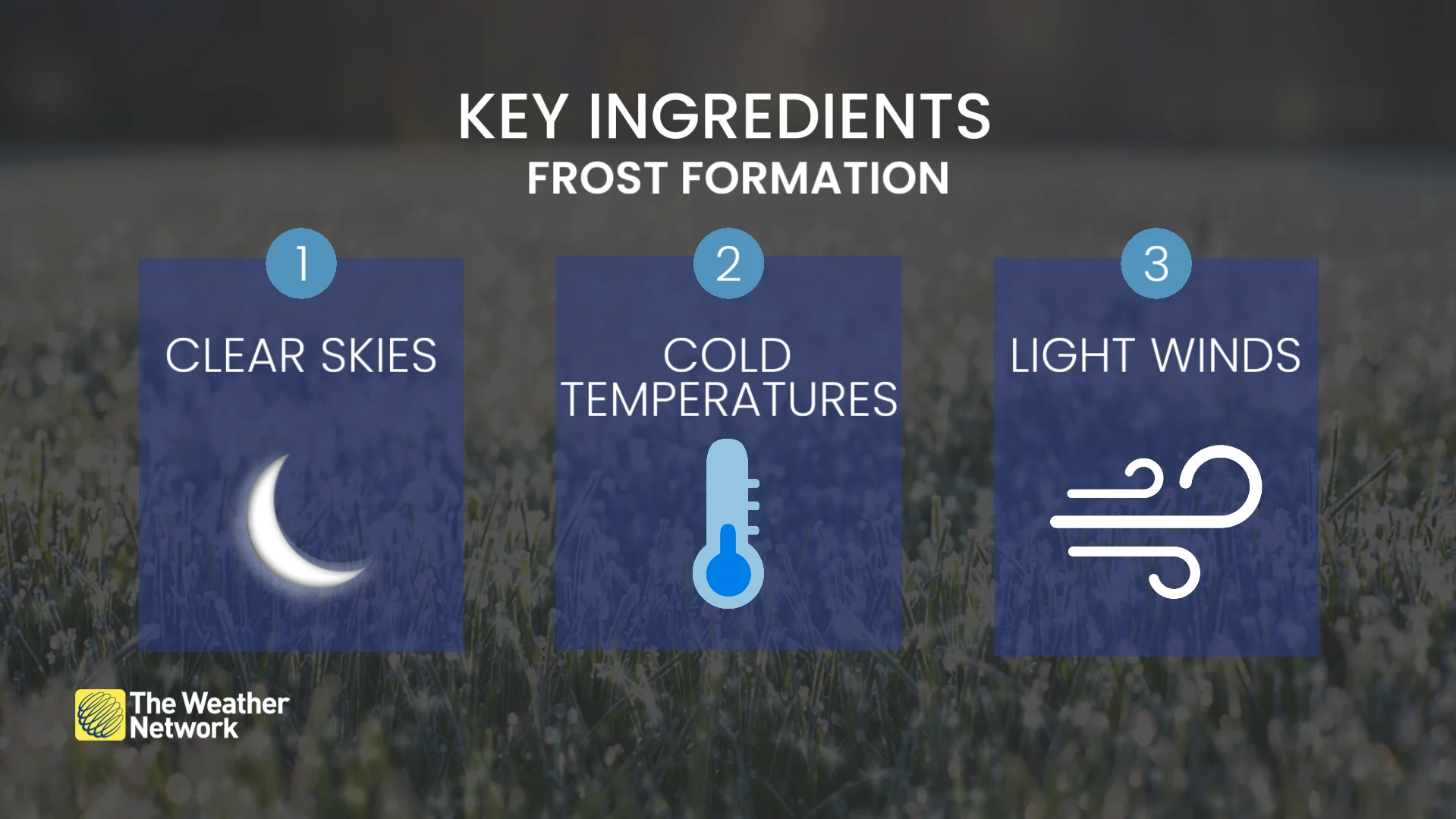
Calgary’s first frost looms! Follow these tips for more time in the garden
As we say in the weather business, all warm things come to an end...
It’s been a good run, Calgary, nearly record-breaking in fact!
The last time a temperature of zero degrees or colder was recorded in the city was way back on April 28—that’s 158 days of above-zero weather when you include October 2!
The record for the longest stretch of above-freezing weather ever recorded in Calgary was just last year when the city saw 159 warm (relatively speaking) days in a row.
RELATED: Summery September breaks records in Alberta

But, as we say in the weather business, all warm things come to an end.
And, this time around, Calgary’s first frosty moment might put an end to the run just as a new record is set.

We’re forecasting a low of -1°C overnight Saturday into Sunday. That mark likely won’t be hit until Sunday, which, technically, means Calgary will have seen (at the least the beginning of) 160 calendar days between freezing points.
RELATED: Alberta might see some snow this weekend. Areas to watch
Regardless, though, the forecast should be an alarm bell for Calgary gardeners.
With the right action, many plants can survive a light frost to gain a few more days under the sun, and that can make a big difference in maturity.
So we asked Colin Hayles, horticulturalist and media relations manager at Golden Acre Home & Garden, for a few tips to get the most out of your garden as temperatures drop.
1. Assess growth before making a decision (and check the forecast)
“Am I going to protect my plants, or is it the end of the season? It’s definitely decision time,” says Hayles.
“I always gauge where I’m at with my plants. This year, with all the rain we had in July, my peppers and tomatoes are a bit delayed, so I’m going to protect them.”

While many freezing temperatures signal an end to most flowers’ seasons, some, like fall chrysanthemums, can tolerate a light frost when precautions are taken. (Credit: Connor O’Donovan)
As Hayles explains, a few extra growing days may not seem like much but can make a big difference in vegetable quality and yield, for example. When chatting with the Weather Network on October 1, he estimated his pepper plants needed just over a week to reach full maturity.
“If every night was going to be a hard frost from here on in, I’d harvest what I can and get rid of the plants,” Hayles says.
“But at this time of year, we’re getting less light, and that’s triggering the plants to start maturing. A week, ten days, two weeks… at this time of year makes all the difference.”

While Calgary’s long-term forecast definitely doesn’t show a return to the balmy temperatures that defined September, double-digit highs are still forecast for the majority of the coming week with lows of zero or above.
Hayles adds that it’s important to remember that not all plants can tolerate a bit of cold. He says plants like potatoes, kale, spinach, and even fall chrysanthemums can survive a light frost without significant protection.
“I actually like chrysanthemums when they’re nicked by frost; they go a bit darker.”
Other varieties, though, like tomatoes, peppers, begonias, and cucumbers, are likely wiped out by a single frost and need to be protected if you want to keep them out.
2. Properly cover your plants (at the right time of day)
Whether it’s labelled a “crop cover,” “frost blanket,” “garden fleece,” or something else, it’s crucial to find a product that can cover the plants you want to keep in the soil.
“What do we do when it’s cold? We get under a blanket, right?” remarks Hayles.
“Take your blanket, drape it over the plants right down to the ground, and secure the edges to create an insulated area to keep frost from settling. It’s almost like a mini-greenhouse.”

A properly fitted frost cover can give your plants crucial extra time to finish maturing. Check the product label for advice on what temperatures its effective to. (Credit: Connor O’Donovan)
It’s best to install your cover around sunset to trap what heat has built up through the day in the soil. Remove the cover when the sun rises in the morning to prevent overheating. The covers can act to trap heat and insulate from the cold outside.
“When it gets down to zero, minus one, the moisture in the air freezes and turns to frost, settles on the plants, and causes cell damage. The cell wall is made up of water. The water will freeze, expand, and rupture the cell,” Hayles explains.
“So put a cover on just after dusk, take it off when the sun comes up, and your plants are going to do just fine.”
3. Don’t winterize your watering system just yet (your garden’s of 2026 will thank you)
Hayles says that in his garden, the first frost forecast also signals that it’s time to start preparing for the gardening season ahead. Your trees and perennials can benefit significantly from fall watering.
“The number one thing we can do right now is water. Water! Water! Water! Before I go to bed at night I like a glass of water, and our plants are no different,” he says.

Watering your plants can help prevent 'winterburn', according to Hayles. (Image: Stock photo)
“It can help prevent 'winterburn'. That very dry wind we get in Calgary - watering can help prevent dieback from that. And in the spring the roots will be full of water, so the moment there’s thaw, they’re ready to go.”
Calgary typically sees its first frost on September 18.
The latest first frost in the city was recorded in 1963 on October 19.
